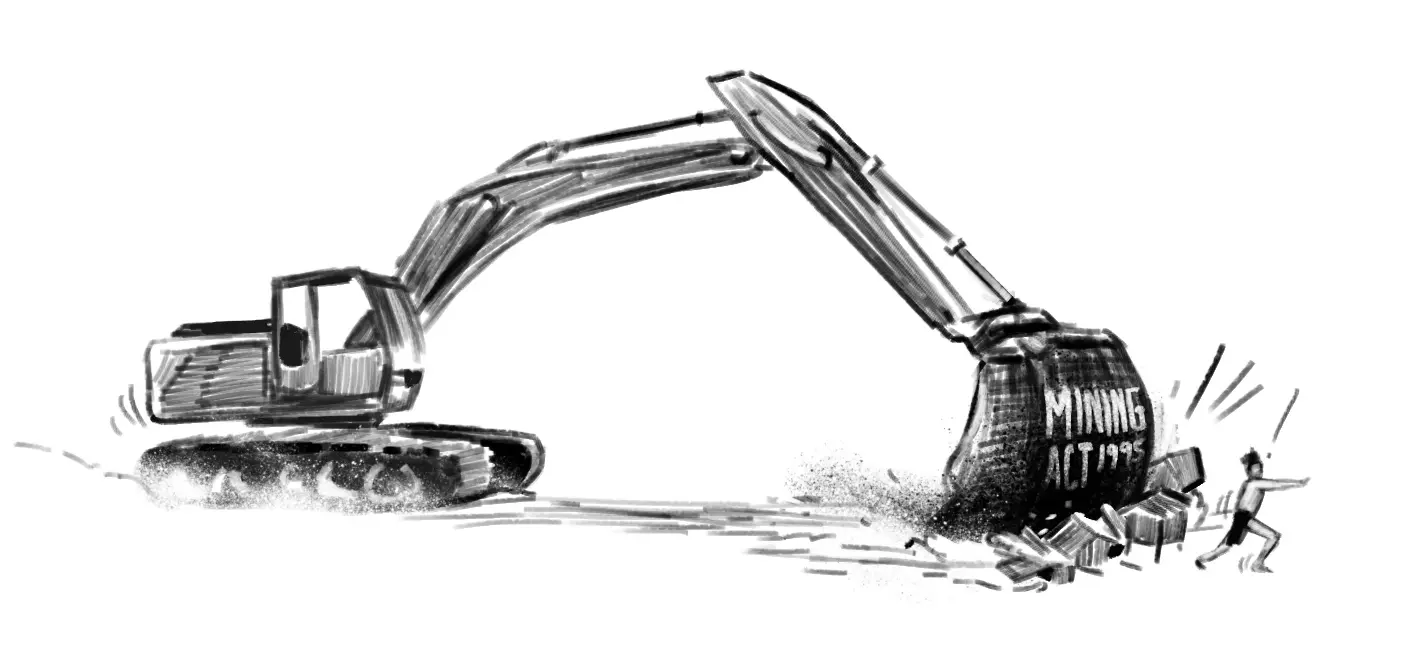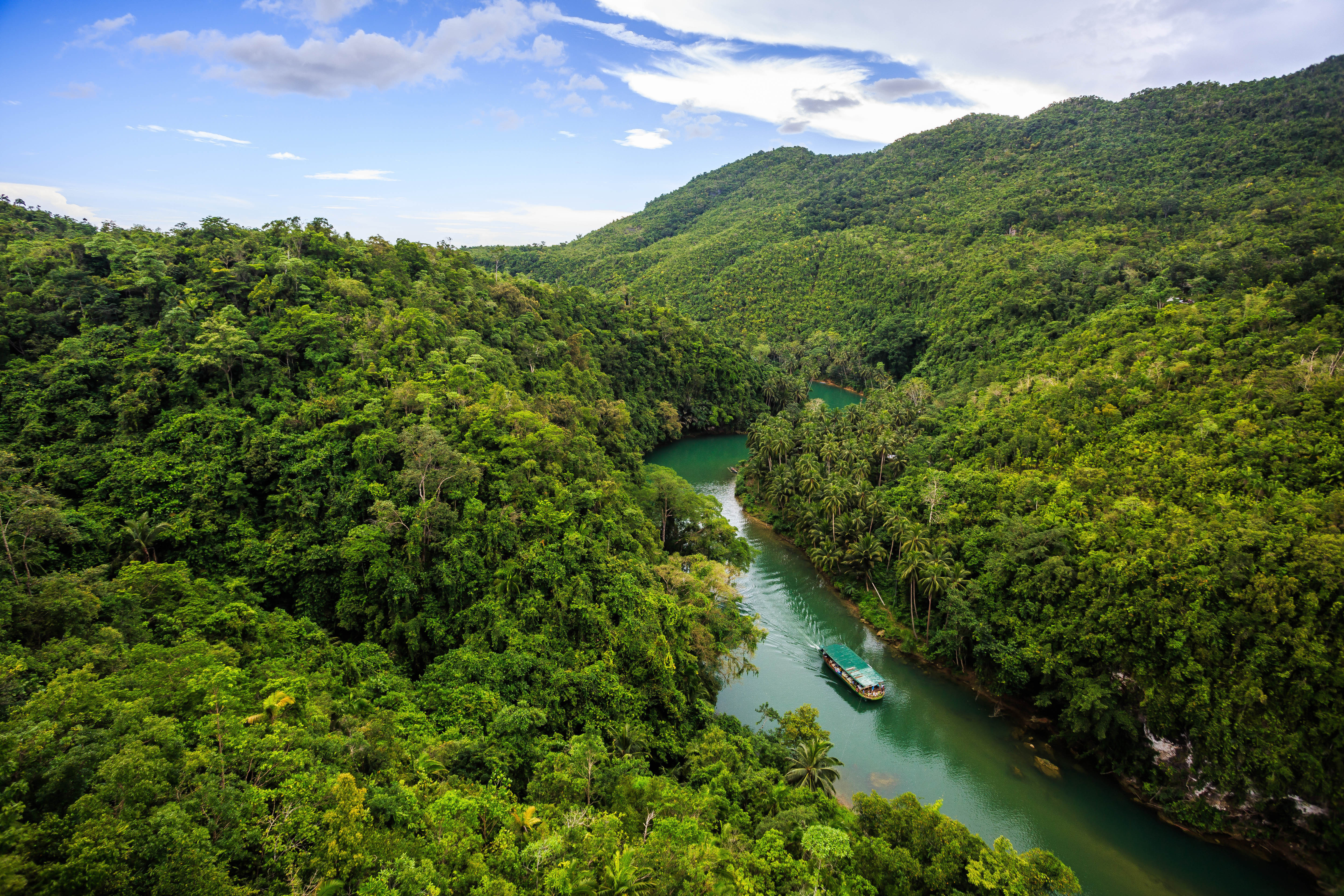
Even before colonizers stepped foot in the Philippines, Filipinos had been mining precious metals for trade and for show. The presence of copper, silver, and gold in the Philippine mountains was one of the reasons the Spaniards occupied the country, according to historians.

Whistleblowers and others in possession of sensitive information of public concern can now securely and confidentially share tips, documents, and data with the Pulitzer Center’s Rainforest Investigations Network (RIN), its editors, and journalists.
Since then, foreign miners have been setting up shop to dig minerals. In 1842, the Spanish colonial government opened a copper mining company called Remigio Copper Mines in the province of Antique. In 1909, Americans established Benguet Consolidated Mining Co., now known as Benguet Mining Corp., to recover gold.
The foreigners have not left since.
According to the Philippine Statistics Authority, a third of the country’s total land area of 30 million hectares contained high deposits of gold, nickel, copper, and chromite, among others. As of February 2022, there were 55 operating metallic mining sites in the country.
The government has repeatedly tried to regulate the industry, from the time the dictator President Ferdinand Marcos passed the country’s first modern mining policy with Presidential Decree (PD) 463, or the Mineral Resources Development Decree of 1974, to the country’s current legislation for the sector, the Mining Act of 1995. In the end, the sector always flourished at the expense of both the environment and the people.
This timeline, below, plots how the country resisted, yet seemingly always ended up sharing its precious metals with foreign mining companies.
This article was produced in partnership with the Pulitzer Center’s Rainforest Investigations Network (RIN). To learn more about forest stories across the globe, visit the RIN Fellows’ page here.
Illustrations: Joseph Luigi Almuena






